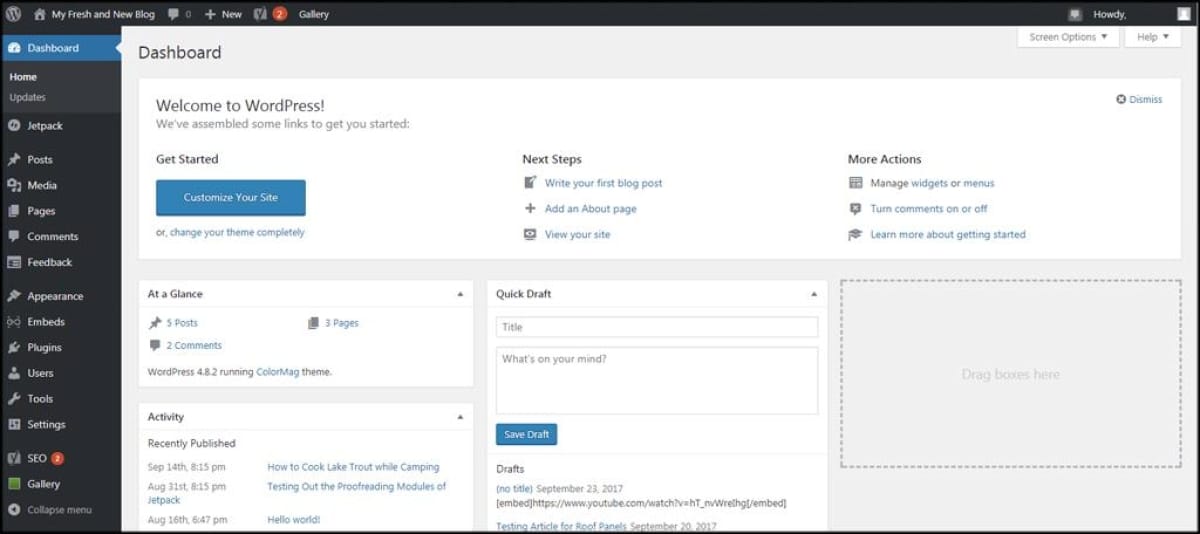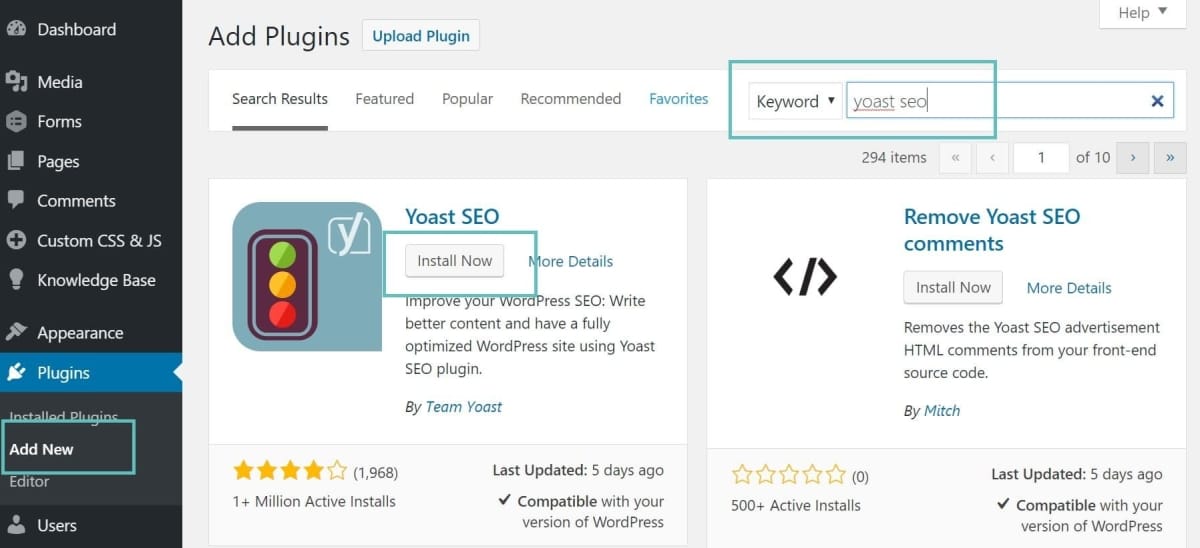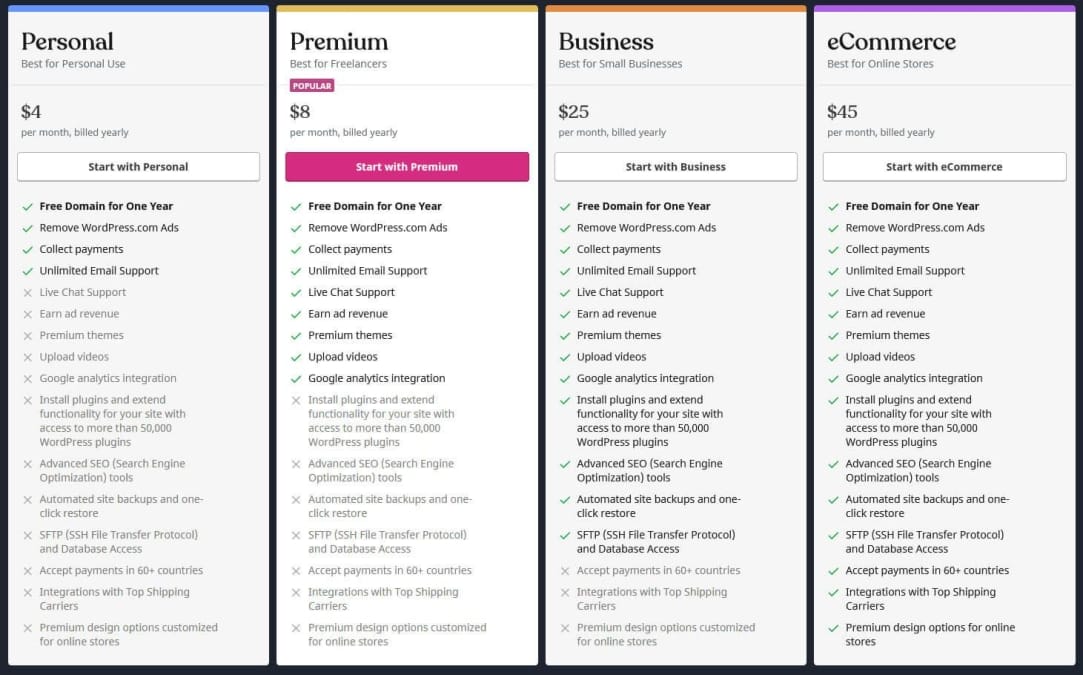so,you’ve got your WordPress site up and running—it looks great,and you’re ready to share your ideas with the world. But now you’re probably thinking about how to communicate with your audience more effectively. Enter email hosting. You might be wondering, “can I set up email hosting with my WordPress site?” Well, you’re in the right place! In this article, we’ll break down what email hosting is, how it works with WordPress, and the options available for getting your own professional email address set up. Whether you’re a blogger, a small business owner, or just someone looking to make a solid online presence, we’ve got you covered. Let’s dive in!
Table of Contents
- Understanding Email Hosting basics for Your WordPress Site
- Exploring Different email Hosting Options and Their Benefits
- How to Set Up Email Hosting with Your WordPress Provider
- Tips for Choosing the right Email Hosting Plan for Your Needs
- Common Issues and Solutions When Using Email with WordPress
- Q&A
- In Conclusion

Understanding Email Hosting Basics for Your WordPress Site
Email hosting isn’t just a buzzword; it’s a practical solution for anyone who wants to step up their communication game. If you’re running a WordPress site, having a dedicated email address tied to your domain can boost your credibility. Instead of using a generic Gmail or Yahoo account, you can have an address like you@yourwebsite.com. This gives off a more professional vibe. Plus,it can help with branding because every email you send acts as a mini-ad for your site.
Now, how does it work with WordPress? It’s pretty straightforward. Many web hosting companies offer email services as part of their packages or as an add-on. When you sign up for a hosting plan, you’ll usually get a few email accounts included. You’ll want to check the details when you choose your hosting provider. Look for things like storage limits, number of accounts, and what software they use for managing emails. Some popular options include cPanel or Plesk,which make it easy to set everything up.
If your hosting plan doesn’t include email options, don’t sweat it. You can still find standalone email hosting services that work seamlessly with your WordPress site. These services often come with added features like better spam protection, collaboration tools, and enhanced security measures to keep your inbox clean and safe. Some of the top providers are:
| Email Hosting Provider | Key Features |
|---|---|
| G Suite (Google Workspace) | Custom domain emails, cloud storage, collaboration tools |
| Microsoft 365 | Office apps, OneDrive, robust security |
| Zoho Mail | Ad-free, great for small businesses, budget-friendly |
So, whether you get your email service from your web host or go for a specialized provider, tackling email hosting means that you won’t be just another face in the crowd. You’ll have a consistent, branded way to communicate with your customers and clients. That’s not just good for business; it’s smart marketing!

Exploring Different email Hosting Options and Their Benefits
If you’re looking to get set up with email hosting for your WordPress site, you’ve got a few different options to consider, each with its own perks. One popular route is to go with your web hosting provider. Many of these companies bundle email hosting into their packages.This is super convenient because you only have to manage one account, and it often comes with a decent amount of storage for your emails. Plus, it’s usually cheaper.
an option to that is using dedicated email hosting services. Think of names like Google Workspace or Microsoft 365. These platforms focus exclusively on email and related productivity tools. Going this route gives you a more robust feature set, including features like better spam protection and collaboration tools that can really help if you’ve got a team. The downside? It can be a bit pricier than sticking with your web host.
don’t forget to consider self-hosted email on your own server. If you’ve got a handle on managing servers and want complete control, this could be a great option. You can customize everything from security settings to storage limits.Just a heads up: This route often requires a bit more technical know-how and ongoing maintenance, so it’s not for the faint-hearted. But for those who love tinkering,it can be rewarding.
Lastly, there are free email services. Sure, you won’t get that custom domain that makes you look more professional, but if you’re just starting out or running a small side gig, it can be a viable temporary solution. You can always upgrade later when your needs get bigger. However, beware of ads and limited features, which can be a pain in the long run.

How to Set Up Email Hosting with Your WordPress Provider
If you’ve decided to set up email hosting with your WordPress site, you’re in for a treat! Most hosting providers have made this super simple. Depending on your provider, the steps may vary a bit, so it’s good to check their specific guidelines. Here’s a general rundown to get you started:
- Choose Your plan: First things first, look at your hosting plan. Some plans include email hosting, while others might require you to upgrade or add it on.
- Create Email Accounts: Once you’ve confirmed you have email hosting, use your provider’s dashboard to create new email accounts. This can usually be done under a section labeled ‘Email’ or ‘Mail’.
- Set Up MX Records: If you’re using a third-party email provider, you’ll need to set up MX records.This tells your domain where to send email.
- Configure Your Email Client: if you want to access your email through a program like Outlook or your phone, you’ll want to set that up using the right settings provided by your host.
Now, let’s break down the MX records a bit. This is where it can get a little technical, but don’t worry, it’s straightforward once you get the hang of it. You should find the details in your hosting provider’s documentation; they usually provide the necessary server addresses.Here’s a basic table showing you the kind of info you might see:
| Email Provider | MX Record | Priority |
|---|---|---|
| Gmail | aspmx.l.google.com | 1 |
| Outlook | mx.outlook.com | 0 |
| YourHost | mail.yourdomain.com | 10 |
After setting everything up, make sure you test it out. Send a few emails to and from your new address to confirm everything is working smoothly. If you run into any snags, don’t hesitate to reach out to your hosting tech support; they’re there to help you sort it out. Once you’re up and running, you’ll feel like a pro managing your emails right alongside your site!

Tips for Choosing the Right email Hosting Plan for Your Needs
Picking an email hosting plan can feel a bit overwhelming, especially when you’re not sure what to look for. A good start is to figure out how many email accounts you need. If you’re just flying solo, a basic plan with one or two accounts might do the trick. But if you’ve got a team or plan on growing, look for options that let you add more accounts easily. Always check for scalability – you don’t want to be stuck when your business expands.
Next, think about storage space. You don’t want to run out of room for emails, especially if you’re dealing with heavy attachments.Most providers offer a range of storage options, so take a close look at what fits your needs. For lighter usage, a plan with a few gigabytes should be sufficient, but if you’re a heavy email user or run a business that exchanges large files, consider going for unlimited storage to avoid any hiccups down the road.
Security is something you shouldn’t overlook. Look for features like spam filtering,two-factor authentication,and encryption. These protect your sensitive data and keep unwanted bots out of your inbox. Most reputable email hosting services will include these features, but it’s always good to double-check what they offer. Don’t hesitate to reach out to support to clarify if you’re unsure about any specific security measures.
Lastly, consider the interface and available features.Check if the email service is easy to use and integrates well with other tools you rely on. Features like calendars, task lists, and collaboration tools can make your workflow smoother. Also, look for reliable customer support in case you run into issues. A decent hosting service will provide 24/7 support so you’re never left in the lurch.
Common Issues and Solutions When Using Email with WordPress
When using email with your WordPress site, you might run into a few bumps along the way. One big issue many folks face is emails going straight to the spam folder. This can happen for a bunch of reasons, like not having proper authentication set up for your domain. To fix this, you should:
- Enable SPF and DKIM: These are like your email’s ID card, helping email providers confirm you’re who you say you are.
- Check your content: If your emails look spammy,they might get flagged. Keep it simple and straightforward.
- Use a reliable SMTP plugin: This helps deliver your emails more smoothly rather than relying on PHP mail.
Another common hiccup is email delivery issues,where your messages just aren’t getting delivered at all. This can be frustrating,especially if you rely on email for customer communication.A speedy checklist to troubleshoot includes:
- Verify the email addresses: make sure the addresses you’re sending to are correct.
- Check your hosting provider: Sometimes their servers may have restrictions on bulk emails, which could delay delivery.
- Look out for blacklisting: If your server is blacklisted, it can cause a lot of problems. Use tools to check if your IP or domain is on one of those lists.
Another frustrating thing people encounter is when their email looks different on various devices.You might think you sent a neat, well-organized email, only to find it’s a jumbled mess on a mobile phone. A couple of solutions include:
- Responsive design: Use templates that adjust to different screen sizes automatically.
- Test before sending: Always send a test email to yourself to see how it looks across various devices.
Lastly, some users notice that their email notifications for things like comments or sales aren’t coming through. This can seriously affect site interaction. to tackle this, consider the following:
- Check your settings: Ensure WordPress is set up to send these notifications properly.
- Use plugins: There are specific plugins designed to enhance notification delivery, which can solve this issue.
- Contact your hosting support: If you’re still having issues, they might have insights specific to your hosting environment.
Q&A
Q&A: Can You Get Email Hosting with your WordPress Site?
Q: What’s the deal with email hosting and WordPress? Can I get email hosting for my WordPress site?
A: Absolutely! You can get email hosting along with your WordPress site. While WordPress itself doesn’t come with built-in email hosting, you can easily set it up using various email hosting providers. Think of it like getting the Frank’s RedHot sauce for your meal—it just makes everything better!
Q: So, how does that work? I thought WordPress was just for websites.
A: Great question! WordPress is primarily a content management system, which is a fancy way of saying it helps you create and manage a website.For email, you usually need to use a separate service, like Google Workspace or Microsoft 365, which gives you that professional email address—something like yourname@yourdomain.com. It’s all about making your business look legit!
Q: Do I have to pay extra for email hosting on top of my wordpress hosting?
A: Yep,most likely. email hosting and web hosting are usually charged separately. It’s like ordering a burger and then realizing you gotta pay extra for fries. But don’t sweat it; many hosting providers have packages that include email hosting at a slightly higher price. Just shop around—there are options out there.
Q: Can I set up my email with my existing domain name?
A: you bet! If you already have a domain name for your WordPress site, you can use that for your email.It adds a professional touch, making you look more credible—like showing up to a meeting in a nice shirt instead of a T-shirt. Just follow the setup instructions from your email host, and you’ll be good to go!
Q: How do I actually set this up? Is it complicated?
A: Setting up email hosting isn’t rocket science! Most providers offer step-by-step guides, and it usually takes just a few clicks. You’ll be adding DNS records, which sounds a bit technical, but it’s really just a way of telling the internet where to send your emails. If you can manage your WordPress site, you can handle this too.
Q: Are there any email hosts you’d recommend?
A: Sure! Some popular options are Google Workspace for keeping it shiny and professional or Microsoft 365 for those who like Word docs. There are also some budget-friendly options like Zoho Mail or even some web hosts that toss in email hosting for free. It all boils down to what fits your needs best.
Q: Can I use my email on the go? Like, check it on my phone?
A: Totally! most email hosting services let you access your email through apps on your phone or on the web. So whether you’re at home, on the road, or chilling at a coffee shop, you can stay connected and responsive. Just remember to put your phone down during meal times!
Q: Is it hard to migrate if I want to switch email hosts later on?
A: It can be a bit of a hassle, but it’s usually doable. Just make sure you follow the instructions from your new email provider, and back up your emails first. Kinda like packing your bags before moving out—always better to be safe than sorry!
Q: Any last tips for someone setting up email hosting with their WordPress site?
A: Just take your time and read through the setup guides carefully. And don’t hesitate to reach out to support if you get stuck. It’s like having a buddy to help you lift heavy boxes when you’re moving. Good luck with your email adventures!
In conclusion
yes, you absolutely can get email hosting alongside your WordPress site! Whether you’re just starting out with a new blog or looking to give your small business some professionalism, having a custom email address can really make a difference. Not only does it help you look more legit,but it also keeps things organized.
So,whether you choose to go with your hosting provider or look into separate services,take the time to find what fits your needs best. It’s all about making your online presence work for you! Thanks for reading, and happy emailing!






